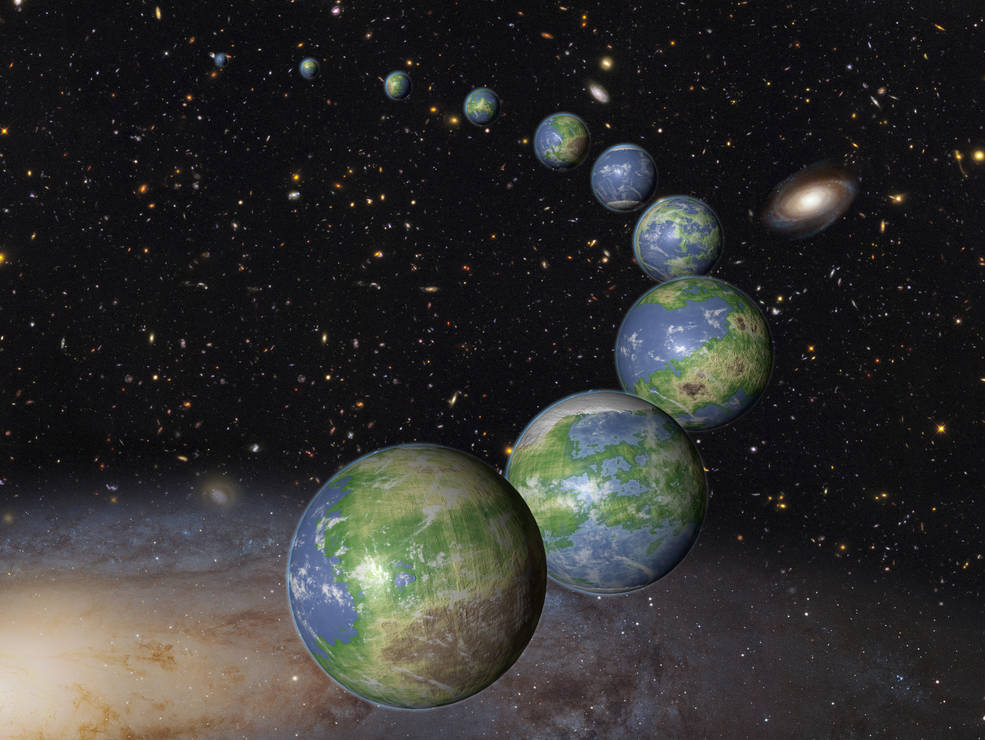Ours was among the earliest…
The Earth is one of the rare early examples of worlds that can support life, says a theoretical study conducted by a team of astronomers. According to data compiled by NASA/ESA Hubble Space Telescope and Kepler Space Observatory, only 8 percent of the potentially habitable planets had emerged in the visible universe when our solar system was formed 4.6 billion years ago. Findings of the study by the researchers of the Space Telescope Science Institute (STScI) show that, most of the remaining 92 percent of the planets which can support life will form only after the death of the sun 6 billion years from now.
Hubble deep field images indicate that in our 13.8 billion-year-old universe, the stars were forming at far more rapid pace 10 billion years ago compared to our day, but the ratio of the hydrogen and helium involved in star formation was very small.
Although the pace of star formation has slowed down today, researchers note that enough gas exists in the universe for the formation of stars in great numbers.
Kepler data, meanwhile, show that large numbers of planets, in sizes and composition comparable to those of the Earth, exist in “habitable zones” at distances to their stars that permit the presence of liquid water on their surfaces. Basing their estimates on the available data, astronomers calculate the number of the Earth-size planets in the Milky Way alone, to be at least 1 billion. Considering that there are at least 100 billion galaxies in the visible universe, the number of potentially habitable planets climb to immense figures.
Projections concerning the future of our universe which is undergoing an accelerated expansion show that the last stars will burn out 100 trillion years from now. Astronomers base this prediction on evidence showing the universe had begun with a so-called Big Bang 13.8 billion years ago and has been expanding ever since. The main pieces of evidence are the redshift indicating that the farthest galaxies are racing away fastest; the Cosmic Microwave Background Radiation (CMBR), the relic radiation from early universe filling the space which has now cooled down to 2.7 Kelvin due to expansion, the abundance of elements which formed in the first minutes after the Big Bang (hydrogen and helium), and cosmic inflation which took place within fractions of a second after the Big Bang, which explains how the universe expanded faster than light in that brief moment and why it is the same everywhere in large scales.
According to researchers, since the evidence concerning the birth and evolution of the universe hidden in light and other electromagnetic radiation will be largely erased about one trillion years into the future as the expansion reaches incredible speeds, civilisations of the far future will not have any idea about how the universe was born and how it evolved.
REFERENCES
- 1. “Most Earth-Like Worlds Have Yet to Be Born, According to Theoretical Study”, NASA, 20 Octobre 2015

